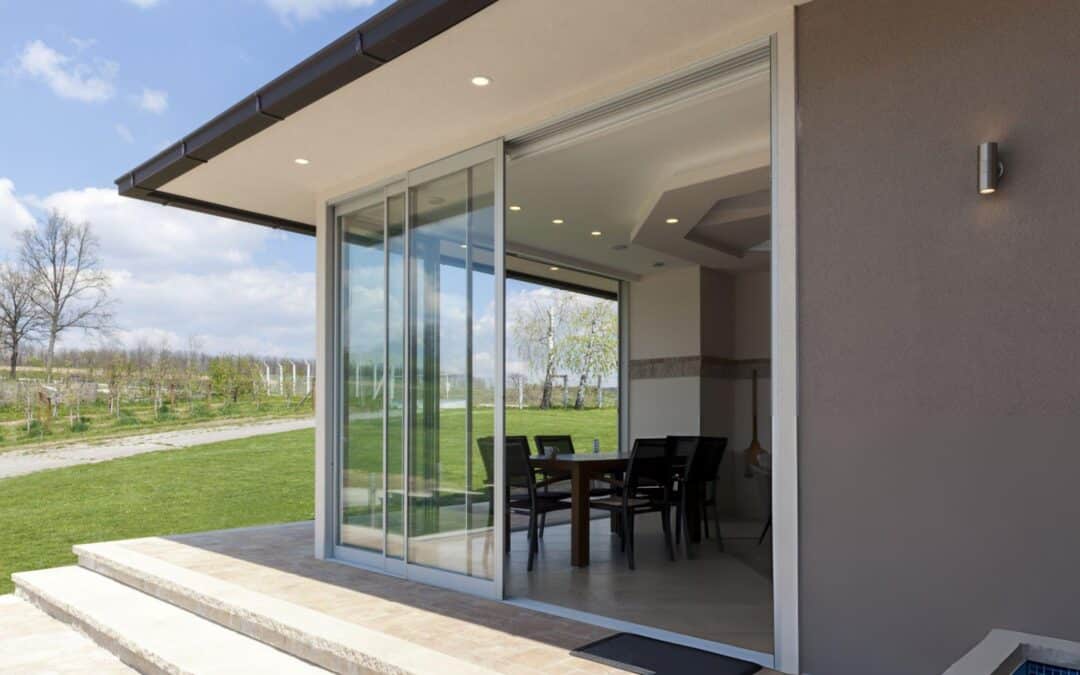Aluminium windows have undergone a remarkable transformation since their early days as utilitarian fixtures in industrial buildings. Originally chosen for their durability and strength, aluminium windows were primarily used in factories and warehouses where function outweighed form. Over time, however, architects and designers began to recognise the untapped potential of this versatile material, propelling it into mainstream residential and commercial construction.
The introduction of anodising in the mid-20th century was a game-changer for aluminium windows. This process not only enhanced the material’s resistance to corrosion but also opened up new possibilities for colour and finish. Suddenly, aluminium windows were no longer just practical; they were also visually appealing. This newfound aesthetic flexibility made aluminium a favourite among architects designing modernist structures, where clean lines and minimalism took precedence.
One of the most significant innovations in the evolution of aluminium windows was the development of thermal break technology. Early aluminium windows, while strong and durable, were poor insulators. Thermal breaks—plastic or resin sections inserted into the aluminium frame—solved this issue by reducing heat transfer. This advancement not only improved energy efficiency but also made aluminium windows a viable option for climates with extreme temperatures.
Today, aluminium windows are celebrated for their slim profiles and ability to support expansive glass panes. This has revolutionised architectural design, allowing for floor-to-ceiling windows and panoramic views that seamlessly integrate indoor and outdoor spaces. Homes and offices alike benefit from the increased natural light, which has been shown to improve mood and productivity.
Sustainability has also played a crucial role in the rise of aluminium windows. Aluminium is highly recyclable, with the recycling process requiring only a fraction of the energy needed to produce new aluminium. This aligns perfectly with the growing emphasis on eco-friendly building practices. Many manufacturers now source recycled aluminium for their windows, further reducing the material’s environmental impact.
In recent years, technological advancements have introduced smart features to aluminium windows. Integrated sensors that monitor and adjust indoor climate, self-cleaning coatings, and automated opening and closing mechanisms are just a few examples of how aluminium windows are keeping pace with the demands of the digital age. These innovations not only enhance convenience but also contribute to energy savings and improved home security.
Looking to the future, the evolution of aluminium windows shows no signs of slowing down. As architects and homeowners continue to push the boundaries of design and functionality, aluminium windows are poised to remain at the forefront of innovation. Whether it’s through the integration of advanced materials, sustainable practices, or cutting-edge technology, aluminium windows will undoubtedly continue to shape the way we build and live.
